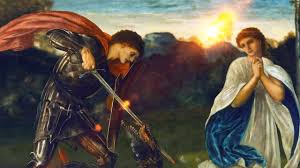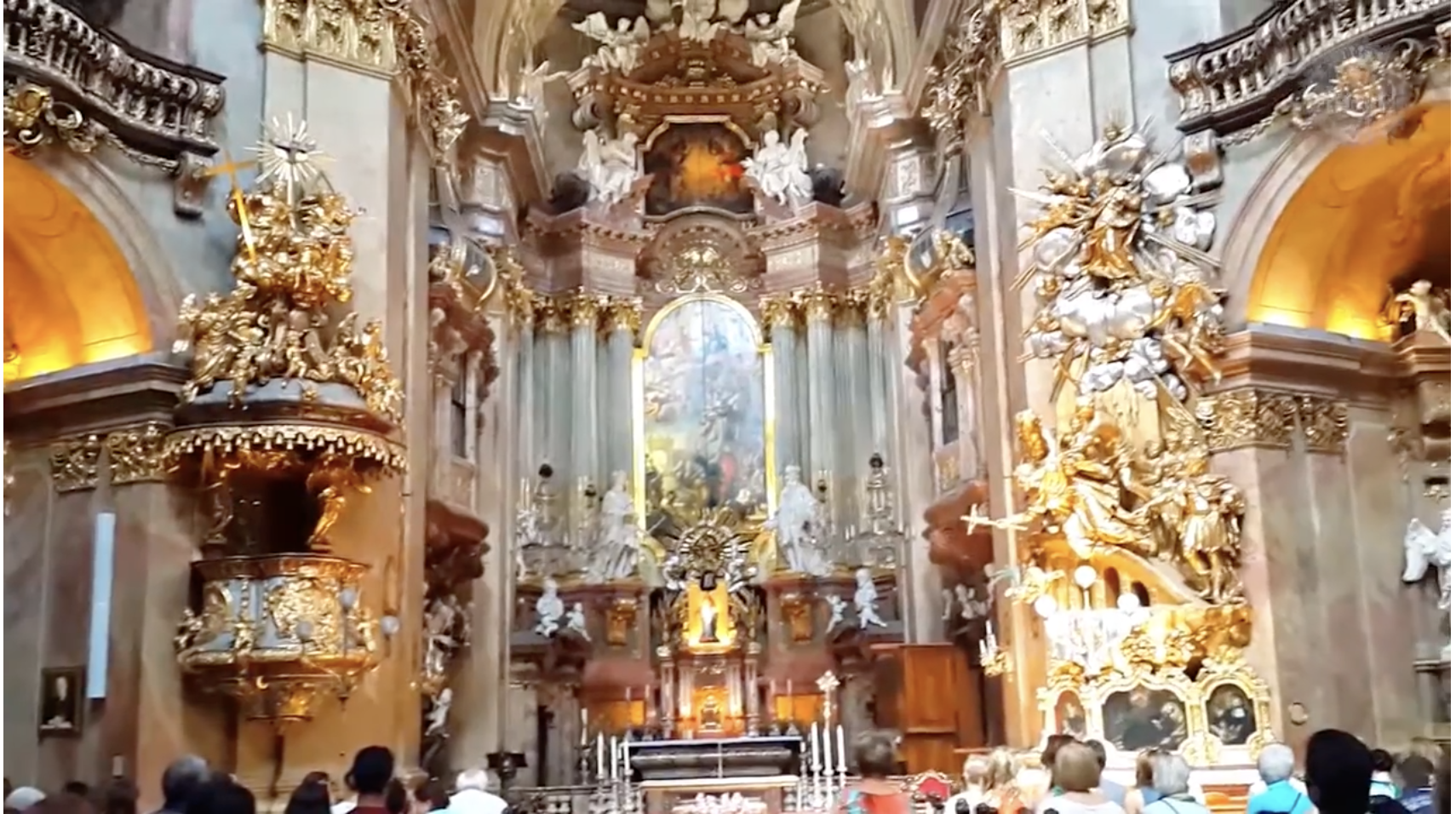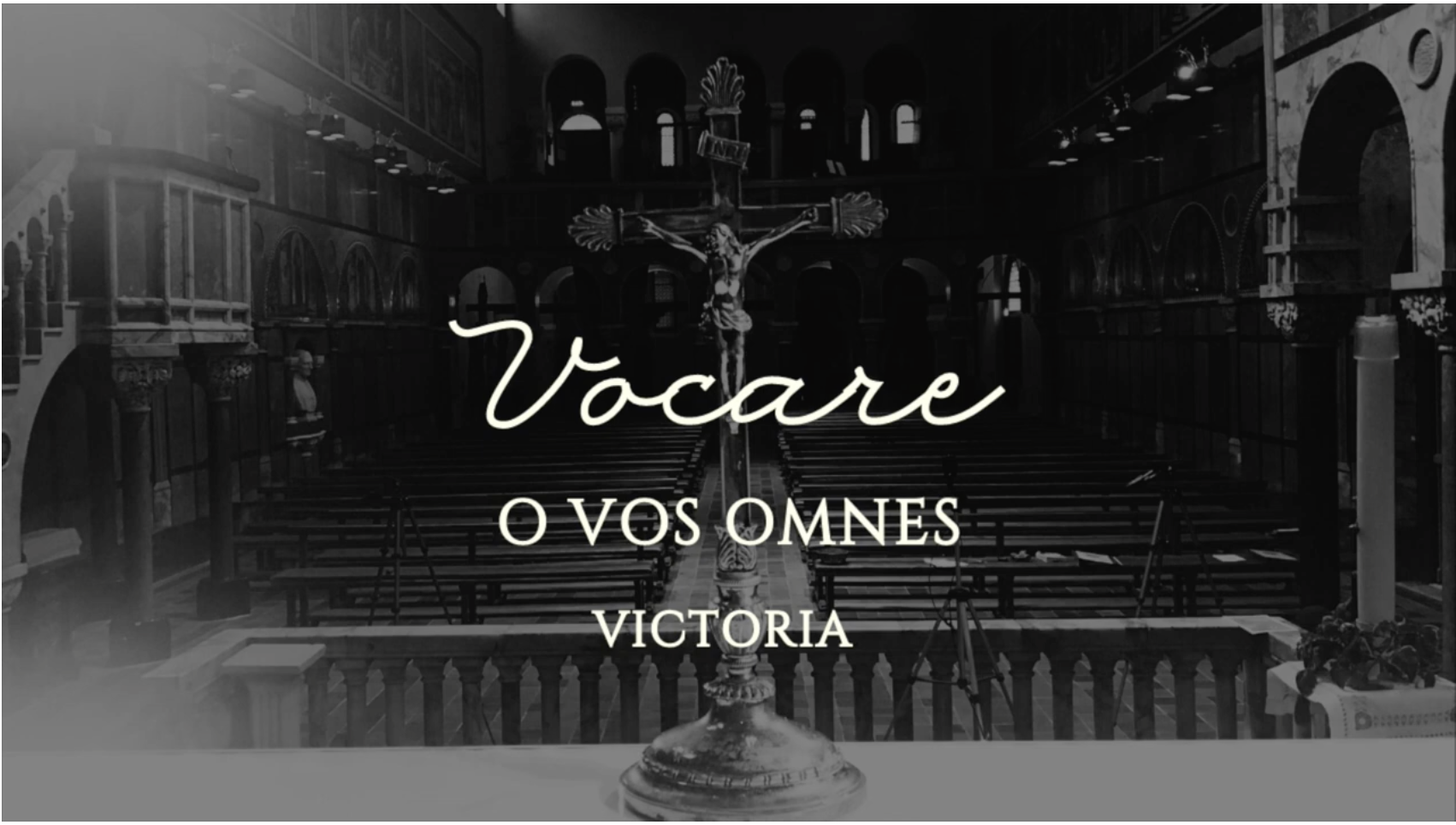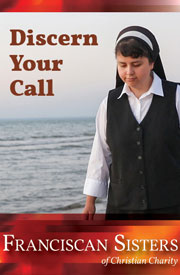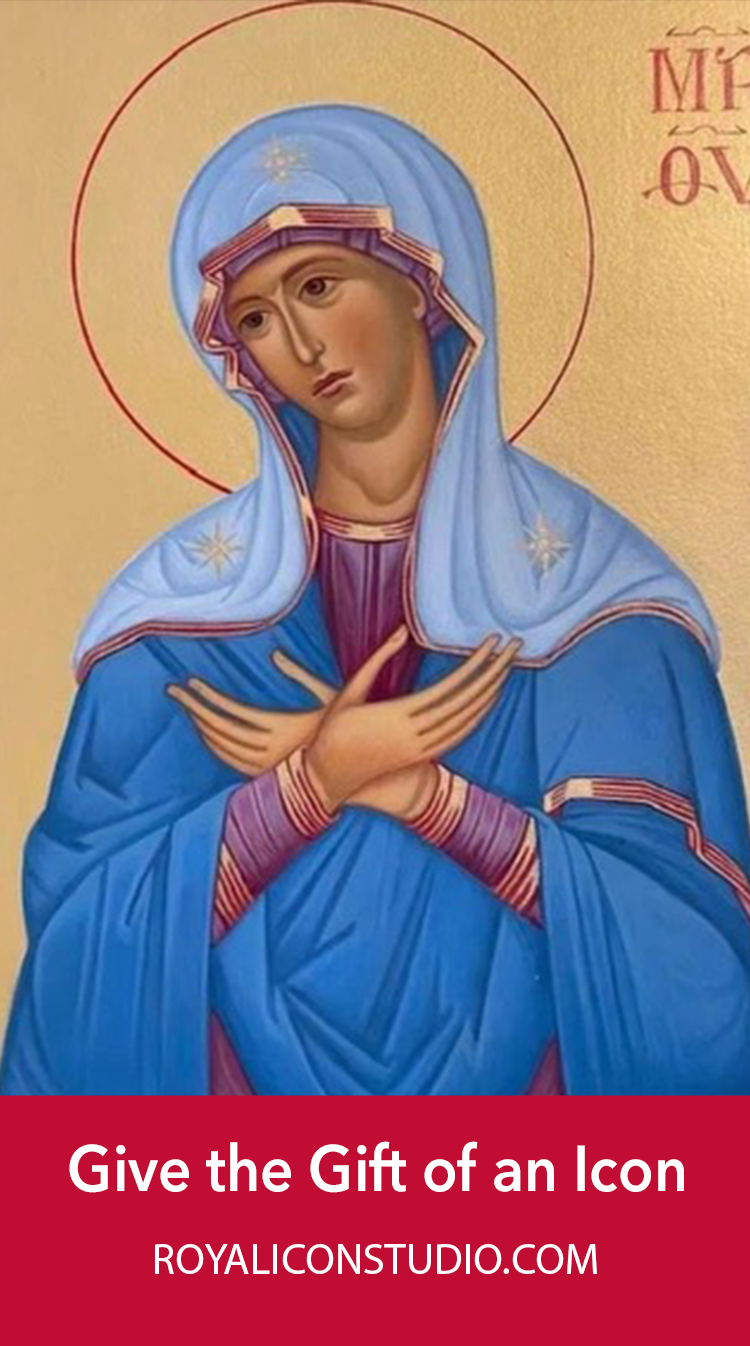Reading Roberto de Mattei’s The Second Vatican Council: An Unwritten Story, I began to recall some “hot button” Catholic issues of the early 1960s – “active participation” at Mass; the advent of the contraceptive pill; the communist threat; the place of Marian devotions; and the ecumenical movement.
There seems to be a widespread impression now that calling for a new church council was a spontaneous idea that popped into the head of the supremely optimistic and somewhat liberal Pope John XXIII. But this is mistaken. Pope John’s predecessors, Pius XI and Pius XII, had both seriously considered calling for a council as a sequel to Vatican I. The conservative Cardinal Alfredo Ottaviani, head of the Vatican curia, strongly suggested to both Pius XII and John XXIII initiatives for a new council. Pope John, a few months after his coronation as pope, accepted Ottaviani’s suggestion as an inspiration of the Holy Spirit, and decided to call for an ecumenical council.
In his magisterial account, de Mattei describes the initial preparations: In his 1959 encyclical, Ad Petri cathedram, Pope John XXIII delineated two principal purposes for the council: “In order to bring about a growth in the Catholic Faith and a true moral renewal of the Christian people.” A query about possible agendas for the Council was sent to the world’s bishops, superiors of religious orders, and Catholic universities. By January1960, about 3000 responses were received by the Vatican. The recommendations (vota) were tallied. De Mattei sums up:
The majority of the vota (even from the French episcopate, reputed to be one of the most progressive) asked for a condemnation of modern evils, both inside and outside the Church, above all of communism, and for new doctrinal definitions, in particular regarding the Blessed Virgin Mary.
In the first of four sessions of the council, 2,381 council fathers participated. One-third of the bishops were from Europe, although most of the 500 fathers from Africa and Asia were of European origin. Only about 50 of the 146 bishops were from the European communist world, and only 44 of the 144 Chinese bishops were present. All the business of the council was conducted in Latin.
The initial schemas had been prepared by ten commissions appointed by the pope, under the direction of thirteen cardinals, coordinated by three secretariats. The initial commissions mostly corresponded to congregations of the Roman Curia, under the direction of Cardinal Ottaviani. At the instigation of Archbishop Lorenzo Jäger and Cardinal Augustin Bea, John XXIII also created a Secretariat for promoting Christian Unity under the direction of Bea and the Dutch priest, Johannes Willebrands.
Very soon this Secretariat for Promoting the Unity of Christians was designated by Pope John as a commission with the power of checking and reformulating the work of the various other commissions. It gradually became a “first among equals” and began to upstage the efforts of the curia. According to de Mattei, the importance of this ecumenically-oriented commission for Council proceedings cannot be underestimated: “It took away from the Holy Office the responsibility for relations between Catholics and other Christians, and. . .it turned on its head the traditional Roman attitude towards heretics and schismatics.” It became a watchdog for work emerging from the other commissions that might have possibly negative consequences for ecumenical relations.
Vatican II, according to the pope’s intentions and the directives, was “ecumenical” in the traditional sense – a calling together of prelates from the whole world to deliberate on issues affecting the Church. It was not intended to be “ecumenical” after the model of Protestant denominations at the beginning of the 20th century, coordinating their various missions, and leading in 1948 to the establishment of the World Council of Churches. However, under the direction of Cardinal Bea’s commission, the latter, Protestant-initiated sense of “ecumenism” began to give direction to most of the Council’s proceedings.
Many proposals were evaluated on the basis of how they would facilitate or impede the ideal of unification with other Christians. Protestants and Orthodox representatives who had been invited as “observers” to the Council were often consulted by the theologians and prelates associated with the commission.
Conflict between Bea and Ottaviani became apparent during the initial preparations in a session devoted to the relation between Catholicism and other religions. Cardinal Ottaviani’s presentation was entitled De tolerantia, and Bea’s was De libertate religiosa. Ottaviani claimed that the relation to other religions was a theological issue that should be under the direction of his theological commission, and he defended his right to formulate for the Council the schema on the subject. Bea responded that it was the prerogative of his own commission, and he added, “I radically oppose what you say in your schema De tolerantia religiosa.” This was the first of a number of maneuvers that would eventually minimize the influence of the Holy Office.
A progressive alliance of theologians such as Yves Congar and Henri de Lubac, and progressive bishops and cardinals such as Léon-Josef Suenens and Helder Câmara, began to meet regularly and drew up an “enemies” list of “Ultramontanists” who were obstructing their moves for reconciliation with Protestantism. “The leading conference speakers,” observes de Mattei, “were Fathers Rahner or Küng for the German-speaking regions, Chenu, Congar, de Lubac, Daniélou for the Francophone countries, and Schillebeeckx for the English-speaking world.”
Prior to the Council, Cardinal Eugêne Tisserant had carried out secret negotiations with potential Russian Orthodox observers, who wanted assurances that there would be no explicit denunciations of communism during the Council. In response to multiple appeals for a clear condemnation of communism, John XXIII disassociated himself from such “prophets of misfortune” in his opening address and emphasized his reliance on what the “plan of divine goodness” would provide for the Church.
Although Pope John, along with many Council Fathers, was favorable to the preservation of Latin in the Church, Cardinal Ottaviani in defending the Latin liturgy was publicly humiliated by Dutch Cardinal Bernard Jan Alfrink, who ordered Ottaviani’s microphone to be shut off mid-debate for exceeding the ten-minute limit, causing some in the assembly to applaud. According to de Mattei, “Bishop Helder Câmara saw in that applause the emergence of the ‘spirit of the council’.” The progressives considered Latin as an instrument of control by the Roman Curia. Bishop Duschak, apostolic vicar of Calpan in the Philippines, but a German by birth, proposed an “ecumenical Mass,” celebrated aloud in the vernacular and facing the people. His proposal was actually put into effect before the conclusion of the Council. In March, 1965 Paul VI began celebrating Masses in Italian in some Roman parishes.
During the second of the four sessions of Vatican II, the numerous but disorganized conservatives, realizing that they were being out-maneuvered and even silenced by the progressive anti-Roman party, began to coordinate their own efforts with regular meetings and strategic moves, under the leadership of Cardinals Ottaviani, Giuseppe Siri, and Ernesto Ruffini. Ruffini’s office in the Domus Mariae became the source of well-planned “interventions.” Cardinal Siri cooperated in spite of his discouragement at Paul VI’s apparent sympathy with the progressive wing. The group resulting from this new alignment was called the Coetus Internationalis Patrum (International Group of Fathers).
The numerous animated, and occasionally hostile, debates between the two factions resulted in compromises, ambiguities, occasional victories, and some omissions:
- In 1964, 510 prelates from 78 countries implored the pontiff to consecrate the world, and in particular Russia, to the Immaculate Heart of Mary, in union with all the bishops of the world; and many council fathers appealed for a definition of “Mary Mediatrix of all Graces.” But the progressive theologians Yves Congar, Karl Rahner, and René Laurentin fought successfully against such initiatives, and were even able to demote a planned separate schema on Mary to a mere segment of a chapter being prepared concerning the Church. Towards the very end of the conference, however, Pope Paul VI intervened and overruled the Conciliar Commission that had refused to bestow the title, “Mother of the Church,” on Mary.
- Progressives, in an attempt to democratize the Church returned to the issue of “collegiality,” which had been defeated in Vatican I, and argued for the primacy of the Apostolic College, with the pope as “first among equals.” The idea was that papal primacy and the Congregation of the Holy Office were an obstacle to ecumenical reunion. But Bishop Luigi Carli of Segni, in an impassioned defense of papal primacy, changed the atmosphere of the discussion to a more moderate tone. And Pope Paul VI, on what the progressives called “Black Thursday,” added numerous further changes clarifying the primacy of the pontiff in regard to the episcopal college.
- In the sessions on marriage and the family, Cardinal Suenens suggested a reexamination of the Church’s position on contraception, in view of the “overpopulation problem,” and exhorted the Fathers, “Let us avoid a new ‘Galileo trial.’ One is enough for the Church.” The distinction made by Pius XI in Casti connubii between “primary” and “secondary” ends of marriage, was utilized by progressives to prioritize the secondary ends, even at the expense of procreation. This caused Cardinal Ruffini to pound his fist on the table and ask whether the Church was going to now officially change morality. This led to heated discussions, and Pope Paul VI strongly reprimanded Suenens for his lack of judgment. Ultimately, the Pastoral Constitution, Gaudium et spes, which resulted from these discussions, reiterated in general terms the traditional position regarding contraception: “sons of the Church may not undertake methods of birth control which are found blameworthy by the teaching authority of the Church in its unfolding of the divine law.” Pope Paul, in the aftermath of the Council, placed the issue beyond dispute with his encyclical Humanae vitae.
- In the 3rd session of the Council, bishops began to bring up the possible scandal if a “pastoral” council said nothing about communism, which was the greatest scourge of the era. This subject was brought up again in the fourth session and was subject to explosive debate. 435 council fathers from 86 countries presented a petition to the assembly to include some paragraphs in The Church in the Modern World condemning the errors of communism, since this was without doubt the main pastoral problem of the era and persecuted Christians throughout the world were expecting clear directives from the Council. However, through extreme negligence (in the opinion of some, malice) of Monsignor Achille Glorieux, secretary of the Mixed Commission, this petition was not passed on to the commission working on the schema. When Glorieux’s irregularity was brought to the attention of Paul VI, in view of the 1962 negotiations between Cardinal Tisserant and Orthodox Metropolitan Nikodim concerning avoidance of embarrassing remarks about communism, the pope agreed with Tisserant that no explicit condemnation should be made. The compromise was a very general reference in §21 of Gaudium et spes to poisonous ideologies: “The Church has already repudiated and cannot cease repudiating, sorrowfully but as firmly as possible, those poisonous doctrines and actions which contradict reason and the common experience of humanity, and dethrone man from his native excellence.”
- In the discussion of Nostra aetate, the movement to remove liturgical references to “deicide” by the Jews, and to recognize the significance of the divine covenant with the Jews, led some from Arabic countries to charge that this might be perceived as “pro-Zionist.” This objection led eventually to the parallel inclusion of Islam in the segments on “non-Christian religions” – referring to the Church’s “esteem” of the Muslims who “adore the one God, living and subsisting in Himself; merciful and all-powerful, the Creator of heaven and earth, who has spoken to men; they take pains to submit wholeheartedly to even His inscrutable decrees. . . .they value the moral life and worship God especially through prayer, almsgiving and fasting.” This praise of Islam was continued in Lumen gentium, which characterized Islam as an “Abrahamic” religion adoring “the one merciful God.” With such extraordinary praise, the Council proved that it was not pro-Zionist. But then, with Dignitatis humanae, on religious freedom, the council not only removed every type of state protection of the Catholic Church in countries like Spain and Italy, but also inadvertently opened the door to the relativistic spread of any other religion, including Islam.

Roberto de Mattei
DeMattei observes:
Relativism asserted itself by denying to the state any form of religious and moral censorship as it faced rampant de-Christianization. Islam, in the name of this same religious freedom, demanded the construction of mosques and minarets, which were destined to surpass in number the churches that had been abandoned or transformed into hotels and supermarkets.
DeMattei concludes that what is called “the spirit of Vatican II” is:
embedded primarily in four documents, Gaudium et spes, which sought dialogue with the modern world, Unitatis redintegratio on ecumenism, Nostra aetate on the Church’s relations with non-Christian religions, and the declaration Dignitatis humanae, on religious liberty. The common perspective of these texts is ecumenism, and the decisive contribution to their composition came from Cardinal Bea’s Secretariat for Promoting Christian Unity. (Emphasis added.)
What are we to make of this Council? I would suggest the following lights and shadows in its legacy:
The lights: This was a truly worldwide Council, truly “ecumenical” in the original sense – not primarily European, like Vatican I, but including substantial delegations from Africa, Asia, and Latin America. In spite of a weak Vatican Ostpolitik and the scandalous omission of any condemnation of communism, inroads were made towards eventual reunification with the Orthodox, who among Christians are closest to Roman Catholicism and its traditions. Many now would consider the openness to the vernacular in the liturgy a great step forward. And the Council in the face of multiple challenges reaffirmed numerous Catholic doctrines – including the equal importance of tradition and Scripture, papal primacy, the moral unacceptability of contraception, and the fact that Christ’s church “subsists” in the Catholic Church.
The shadows: The silence about communism, which, even from a purely pastoral point of view, was the greatest threat to the Church in the 20th century, was, in the words of the Brazilian philosopher and historian, Plinio Corréa de Oliveira, “enigmatic, disconcerting, dreadful, and apocalyptically tragic.” Probably connected with this outlandish omission was the inattention to Mariology, in spite of the appeals of numerous Church fathers – topped off by Pope Paul VI’s 1967 visit to Fatima, in which he refused to agree to a conversation with Sr. Lucia, to whom Our Lady had entrusted the warnings about the spread of Soviet communism. Also regrettable: the tremendous naiveté about Islam, which without doubt is the religion most hostile to Christianity, by Council fathers who apparently had no knowledge of Muslim scriptures, the warnings of numerous Catholic saints, or even familiarity with the opinions of Hilaire Belloc, Winston Churchill, John Quincy Adams, and other astute thinkers.


